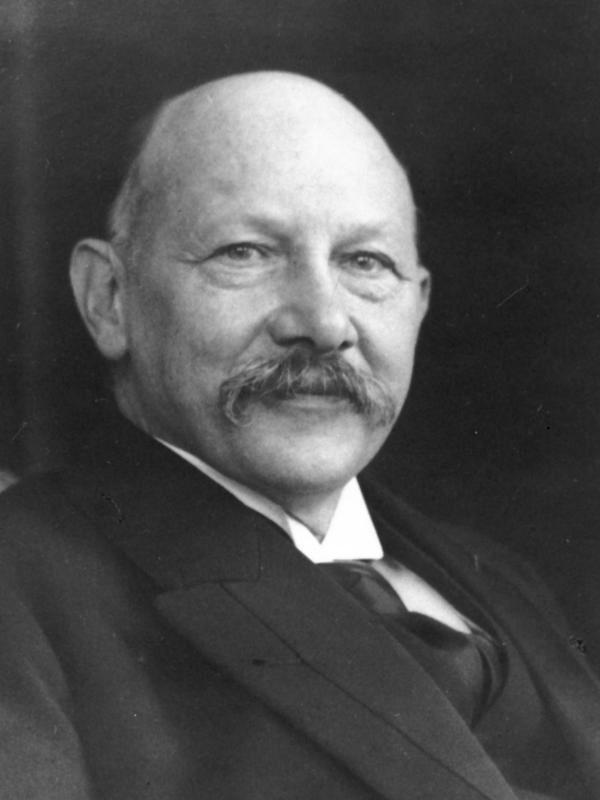
The visible spectrum of neon and its characteristic emission lines. By Jan Homann via Wikimedia Commons
In 1814 the German physicist Joseph von Fraunhofer observed narrow dark lines in the otherwise continuous spectrum of light emitted by the sun. Hundreds of them. As Gustav Kirchhoff and Robert Bunsen later showed, these lines correspond to the absorption of light by various chemical elements in the sun. Each element has its own unique set of lines that correspond to energetic transition between the electronic states of these atoms. This discovery has laid the foundation to the field of spectroscopy, where the interaction of matter and light is probed.
A study published in Nature Physics this week by Hartmut Abele and colleagues from the University of Vienna in Austria now reports how gravity can be used instead to probe quantum states. And they’re not using atoms either, but neutrons, which are the electrically neutral particles in the atom’s core.
These neutrons are produced in nuclear research reactors, for example at the Institute Laue-Langevin (ILL) in Grenoble, which I visited last year. In fact, the experiment by Abele and colleagues was done at ILL because there ultracold neutrons are available for research – “still the only source of ultracold neutrons for users in the world,” says Peter Geltenbort from the ILL, who took part in the experiments. Continue reading…




April 17, 2011
3 Comments